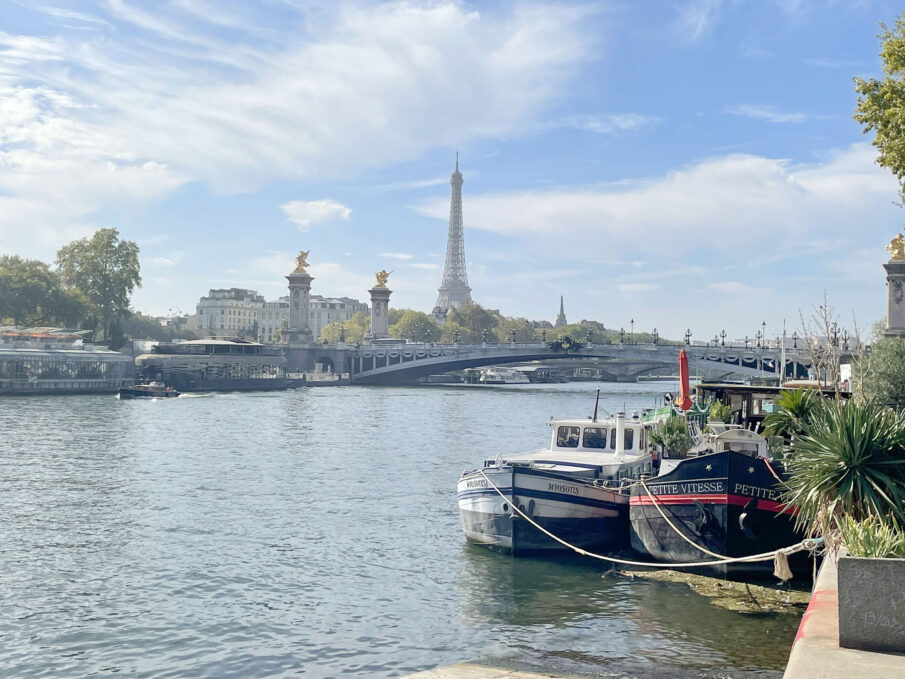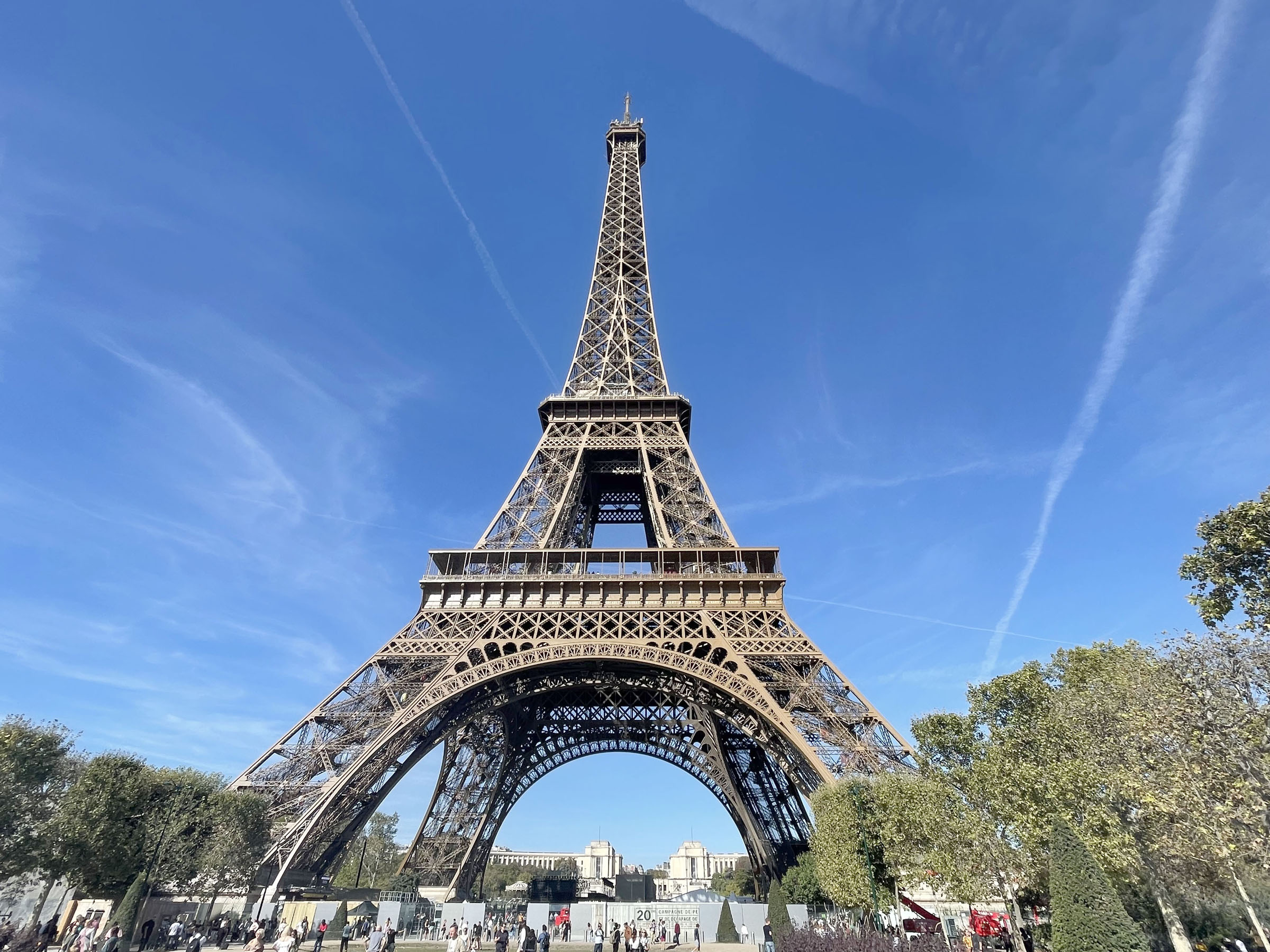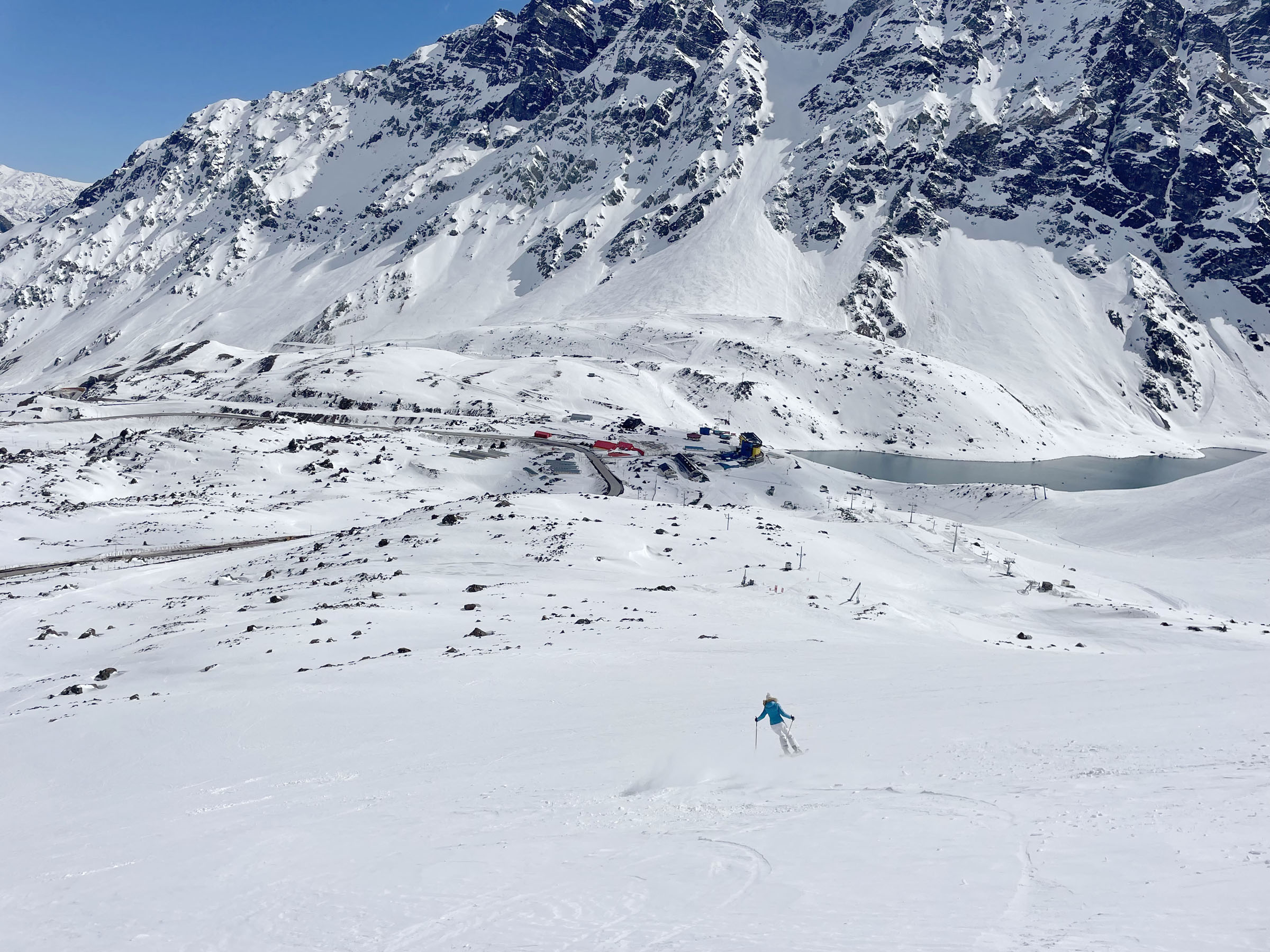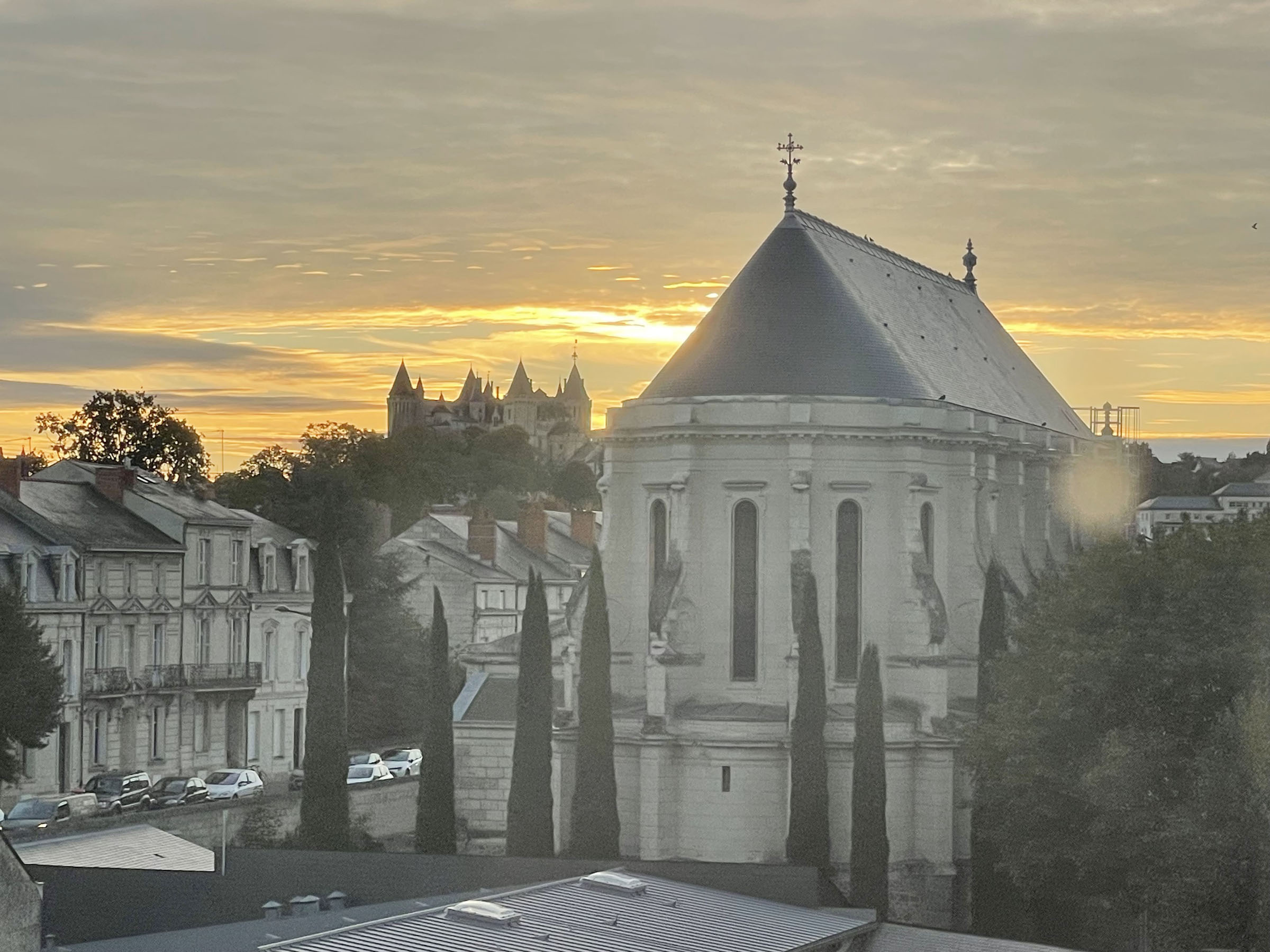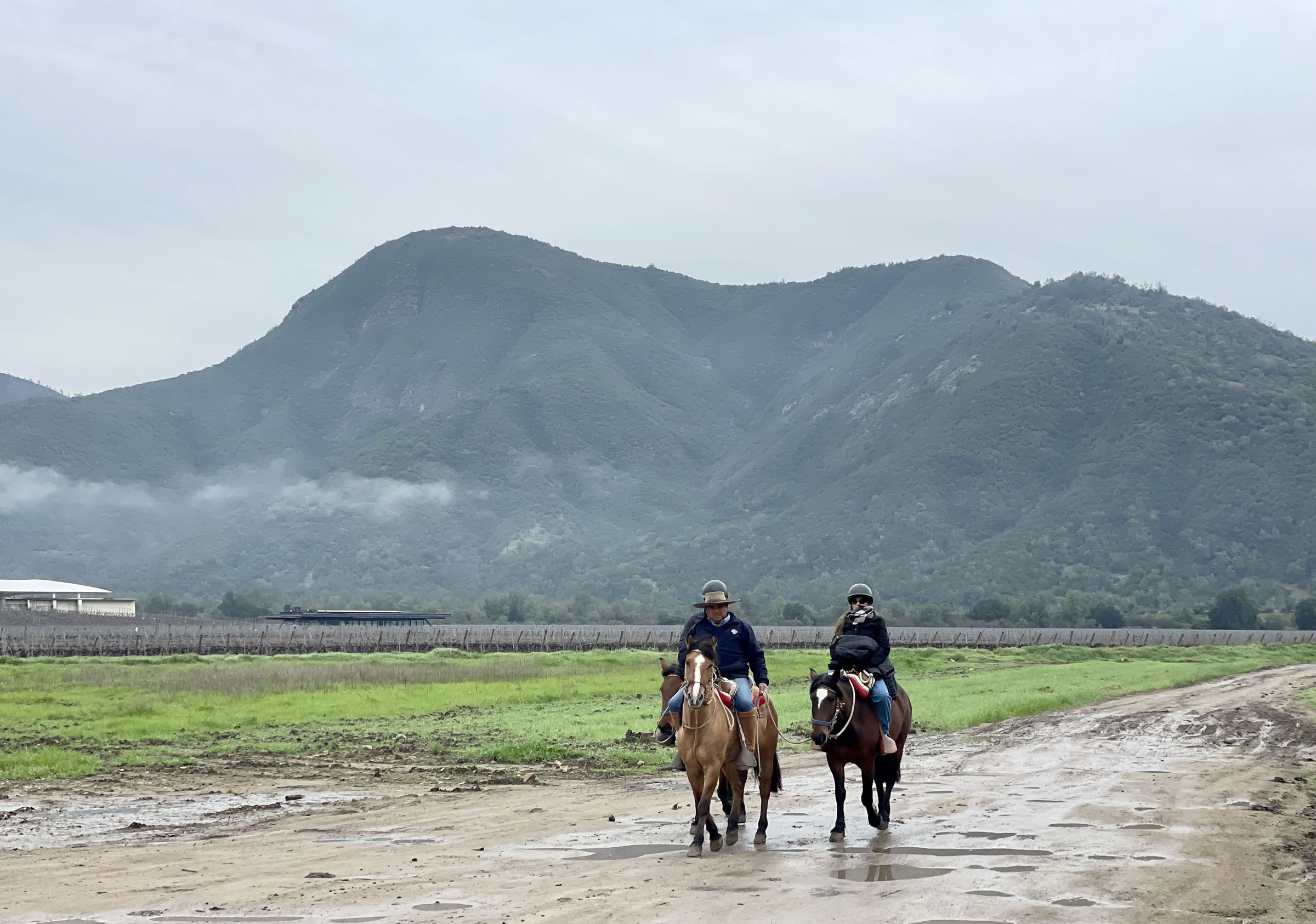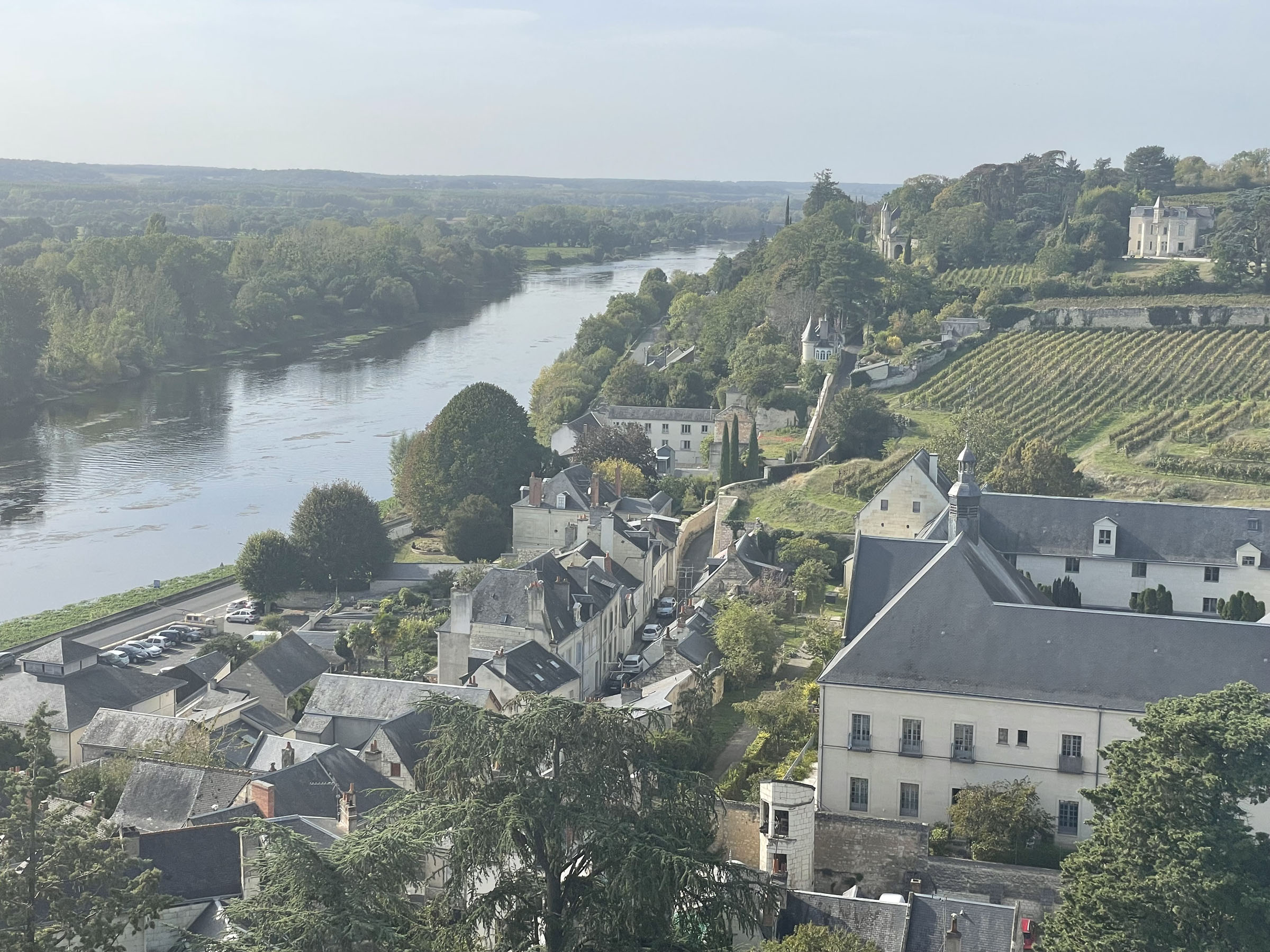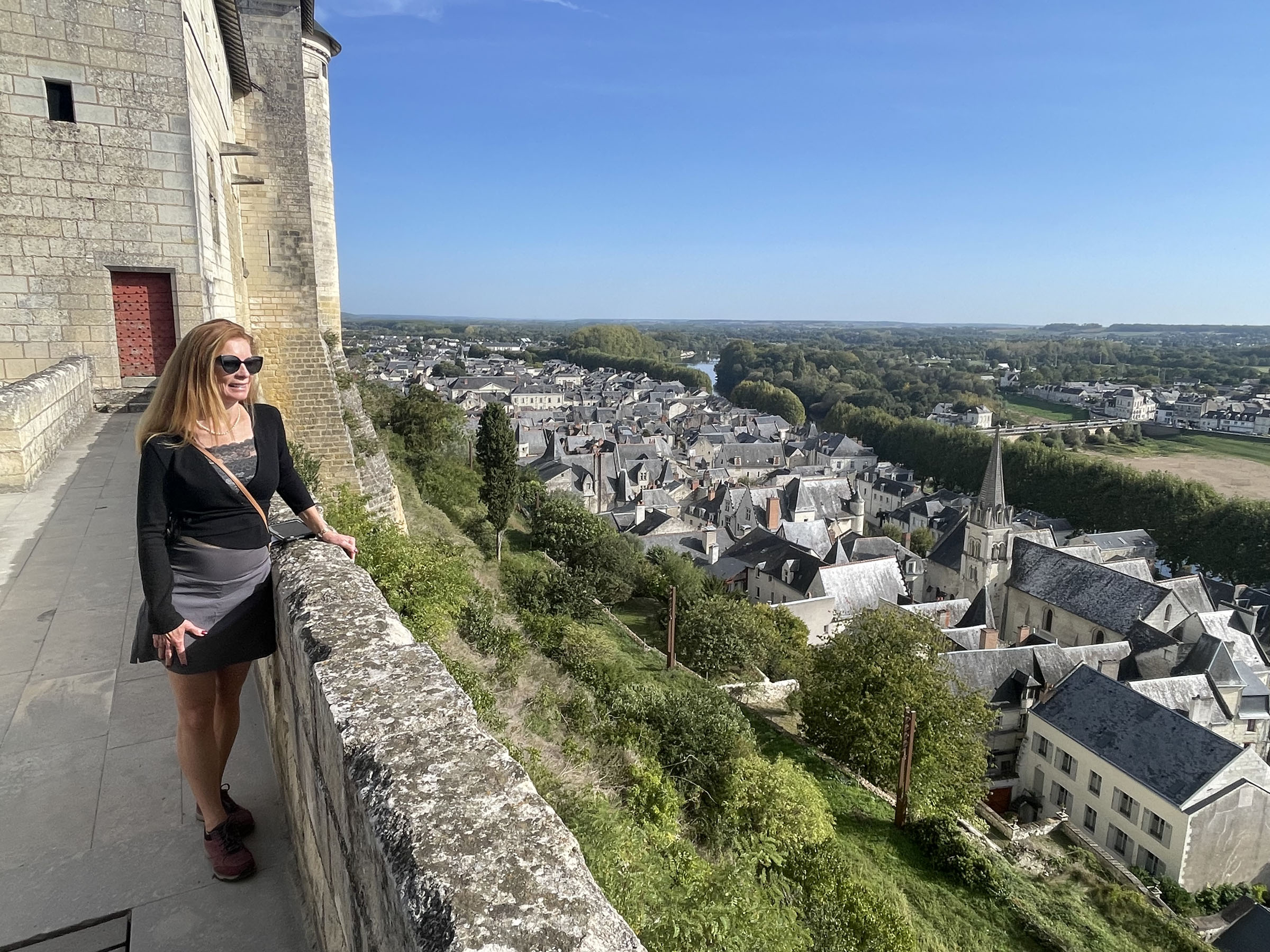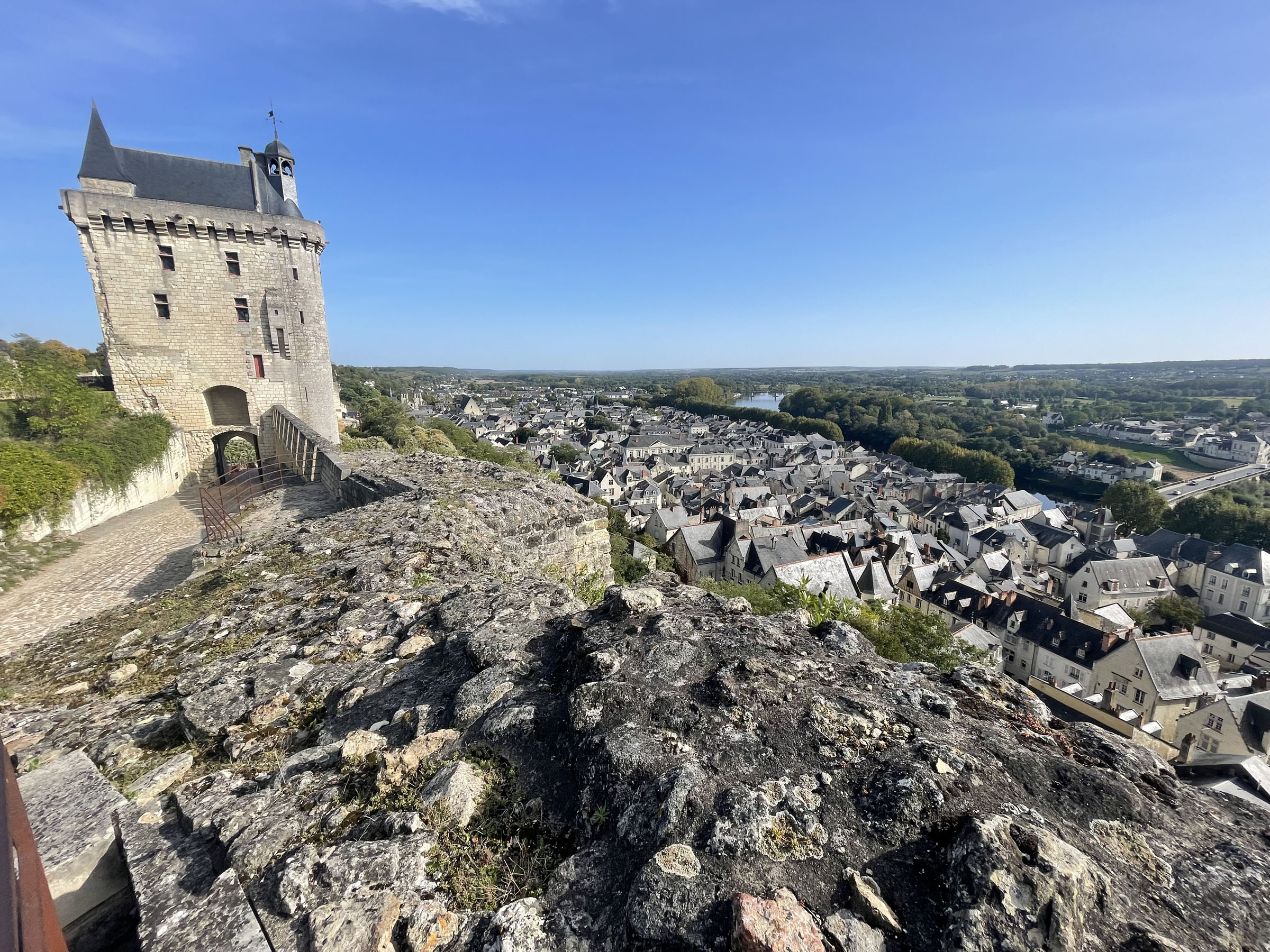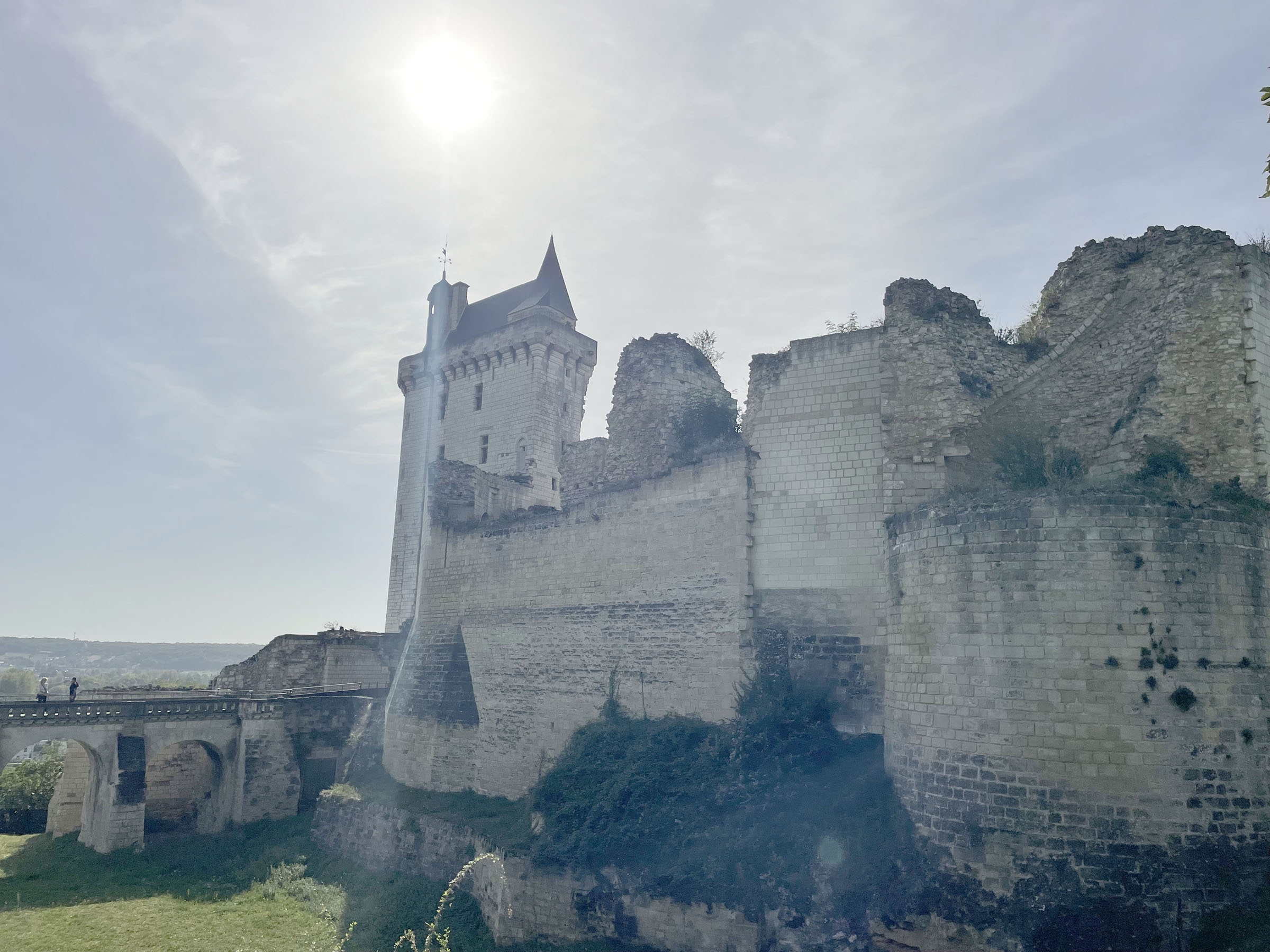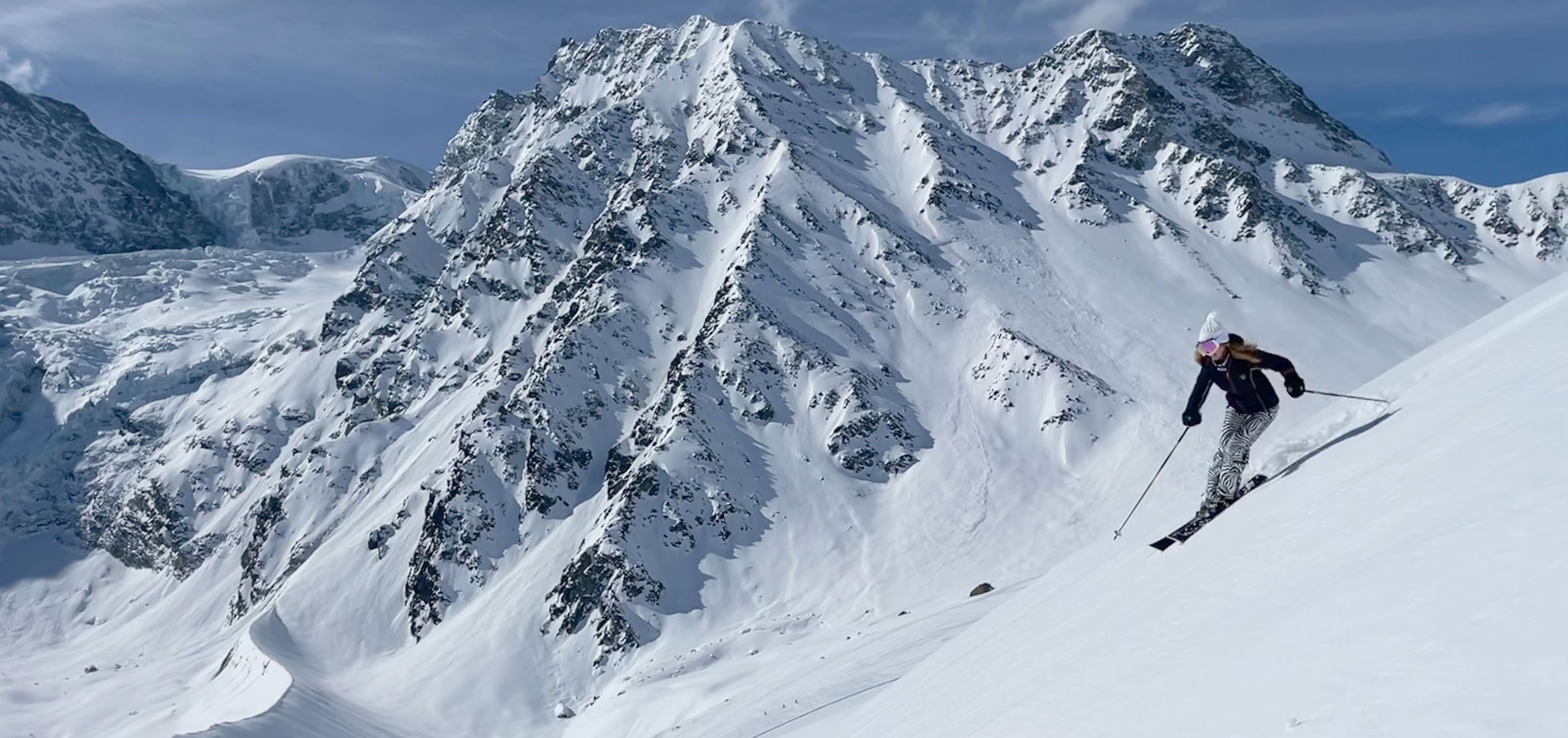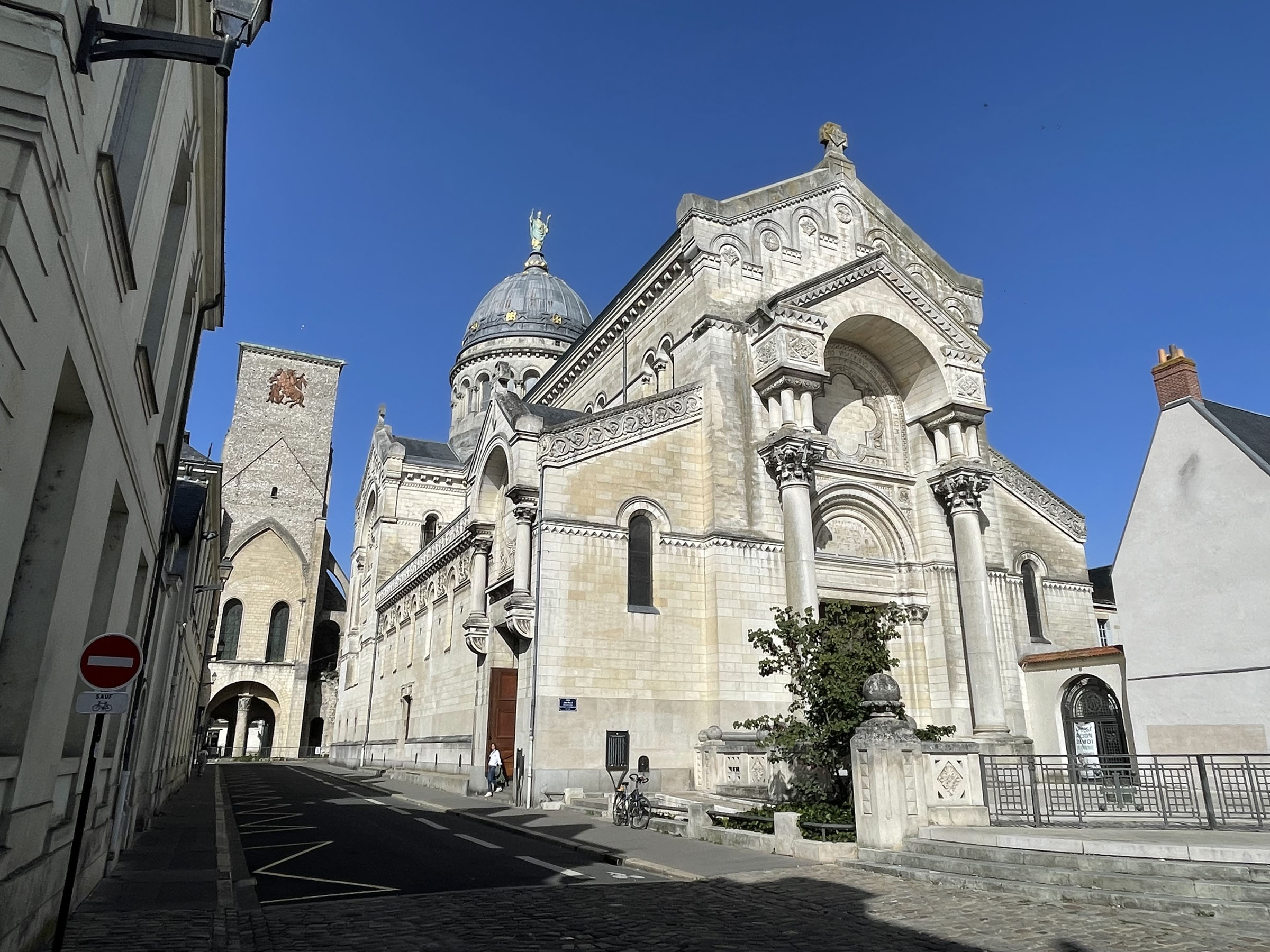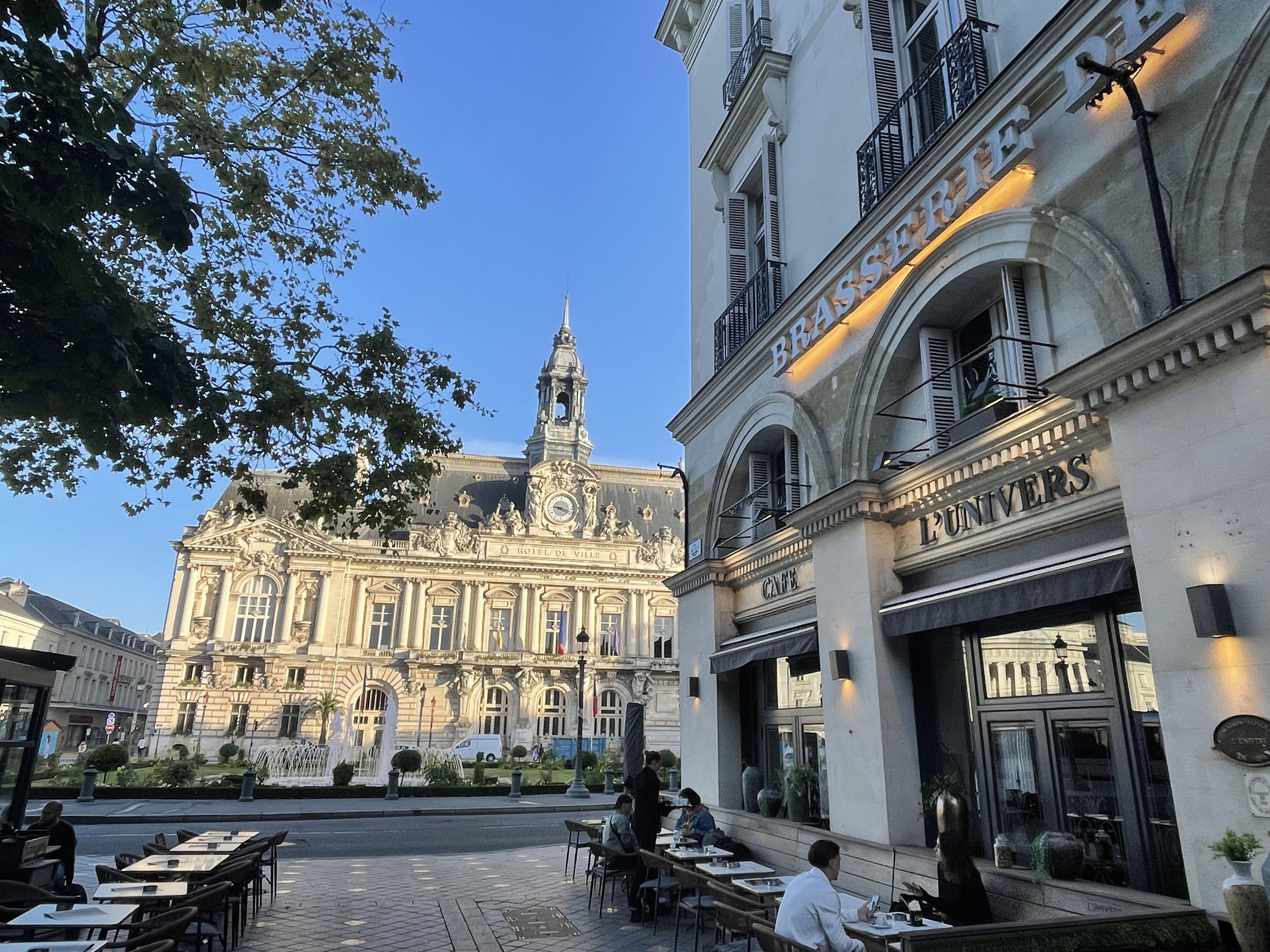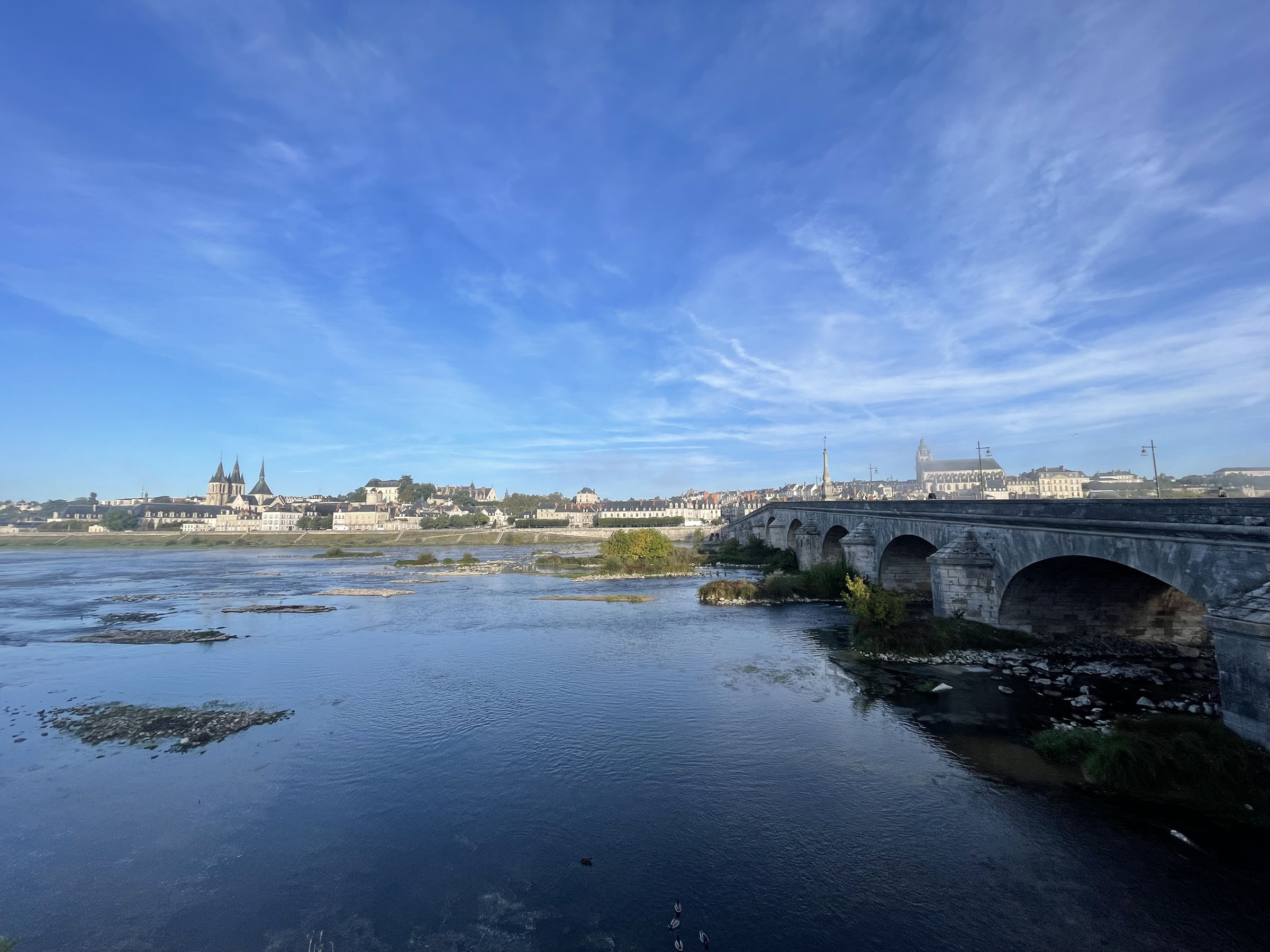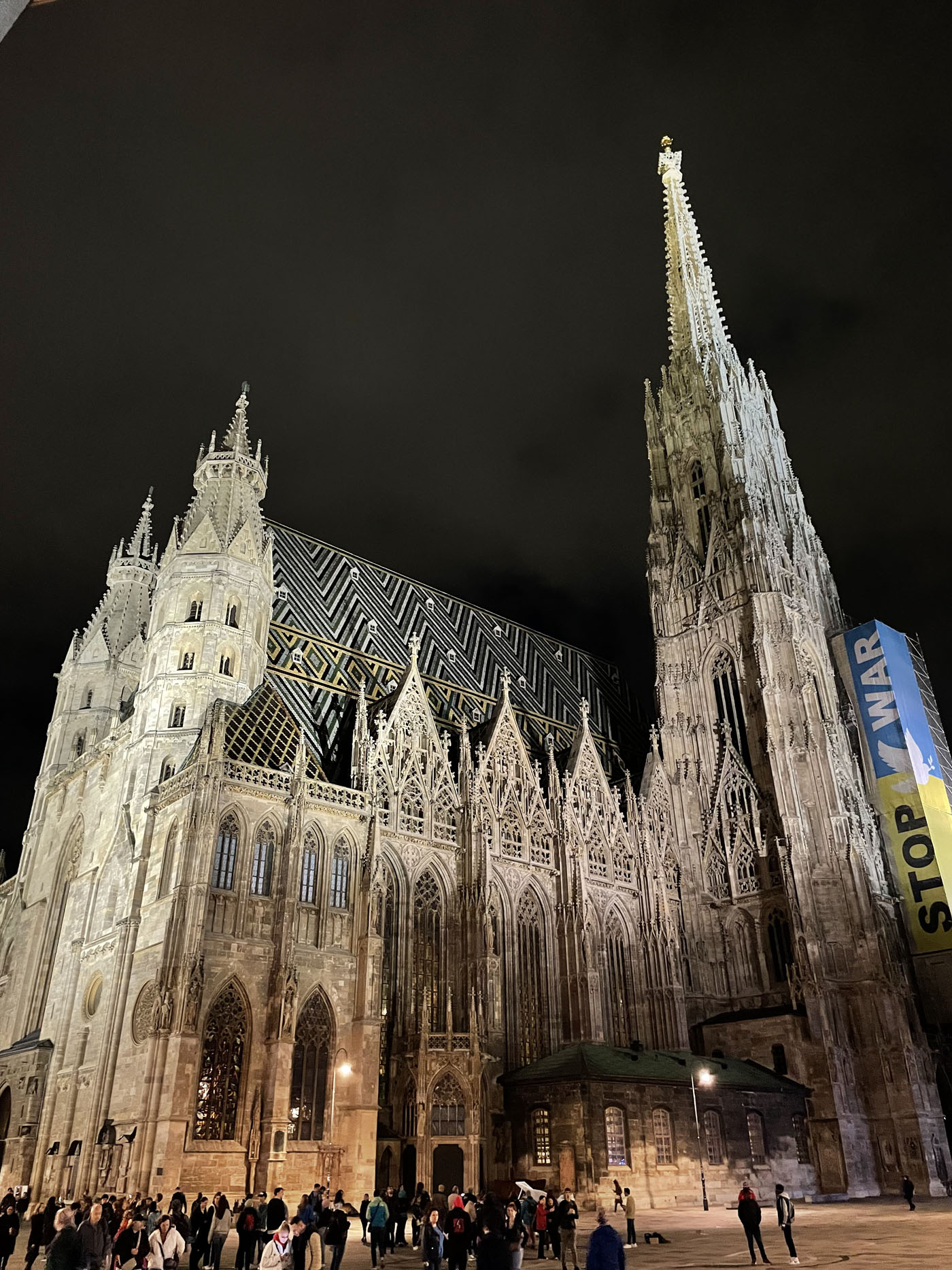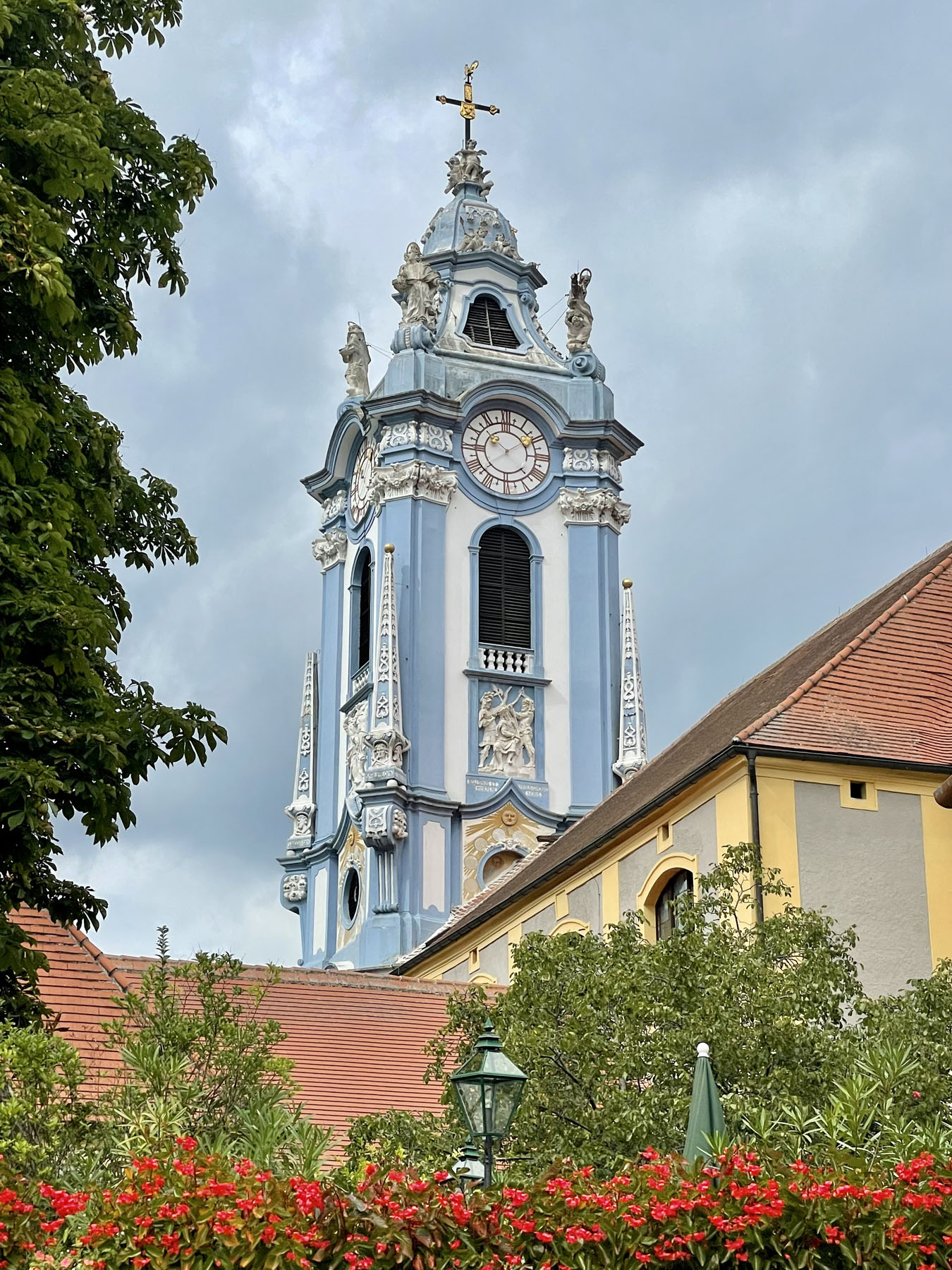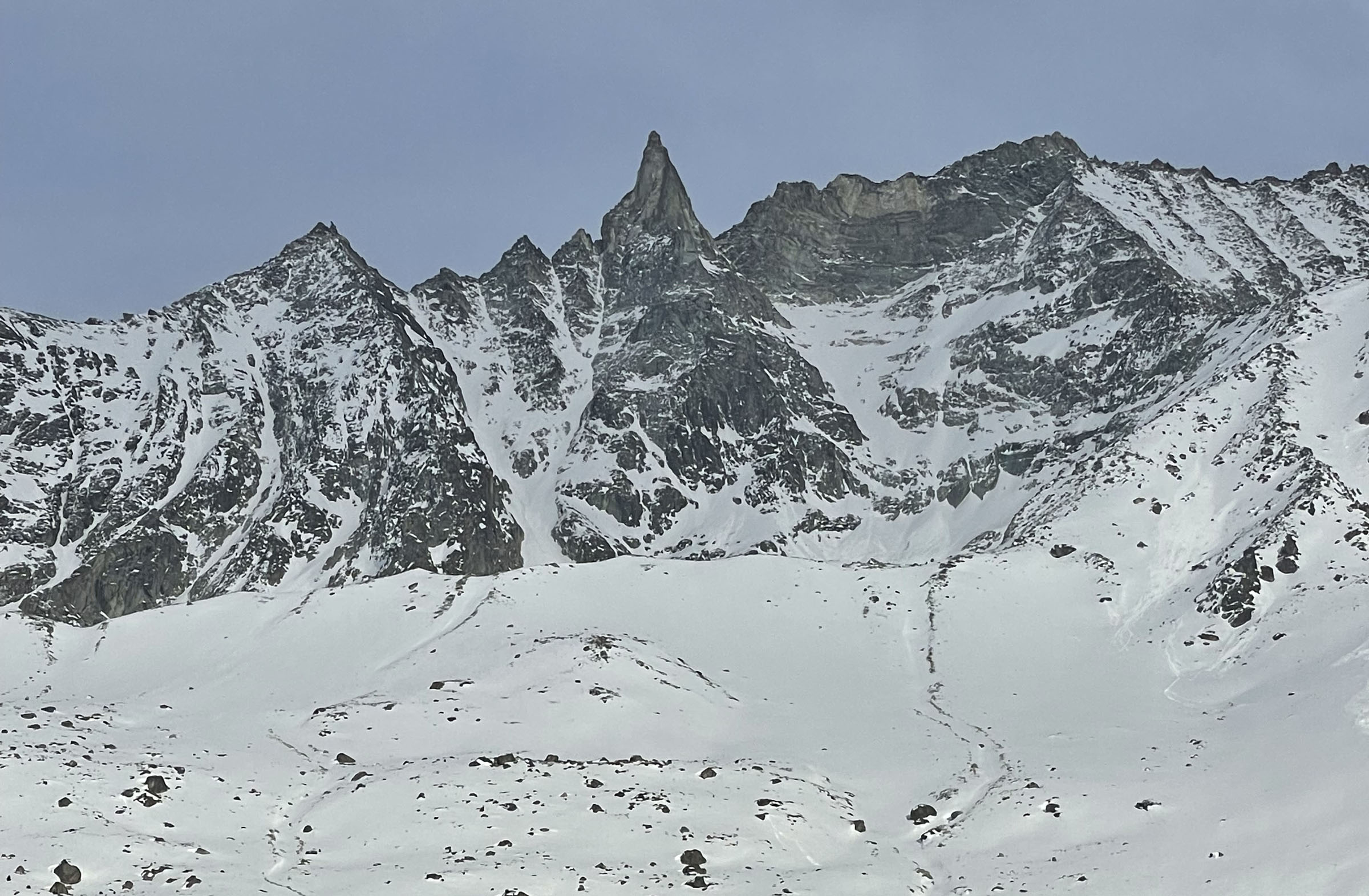UNESCO awards historic and extraordinary sites and landmarks across our beautiful planet.
The good news: these remarkable places are recognized for their unique qualities, and visitors are welcome to explore these gems. These designations have similarity to U.S. National and State Parks, although there is no federal or local funding of UNESCO sites.
The not so good news – many UNESCO sites have become increasingly popular with visitors, downright-crowded in some cases, as big group tours flock to get their picture in the Jungfrau of Switzerland, Paris’ landmarks, or Old Faithful in Yellowstone, like bucket-list travelers, we call them selfie-squads, not really interested in the region or culture – just tagging as many UNESCO sites as possible.
See our Blog on Being a Courteous Conscientious Traveler.
About UNESCO: United Nations Educational, Scientific and Cultural Organization establishes World Heritage Sites as places of importance to cultural or natural heritage around the globe. These sites, historic landmarks and structures, and amazing places have been decreed since 1972 –the first UNESCO World Heritage Convention. There are now over 1200 sites, and UNESCO adds more each year that meet certain criteria, see below the 6 requirements.
With 25 UNESCO sites in the US, you can visit World Heritage Sites in the Florida Everglades, the Statue of Liberty in NYC, Yellowstone National Park, Yosemite, and The Grand Canyon, to name a few. Hawaii Volcanoes National Park is also UNESCO.
In Canada, Quebec City, Banff, Jasper and Kootenay are all UNESCO-sanctioned.
In the Caribbean, UNESCO sites are located in Antigua, San Juan Puerto Rico, Dominica, Jamaica, Dominican Republic, Saint Lucia, Haiti, Bermuda, Barbados, Curacao, Saint Kitts and Nevis, and Barbuda.
In Mexico Agave landscape and Tequila making facilities are UNESCO cultural sites, along with Mayan Ruins, the Yucatan Peninsula, a Monarch Butterfly preserve, and a Whale sanctuary.
Europe has many UNESCO sites currently, and growing:
The Netherlands, with its designated bike paths throughout ancient villages and the countryside, the extensive waterways, and the canals in Amsterdam and Giethorn are spectacular, special, and on the UNESCO list.
Italy has the most, 48, the historic centers of Florence, Venice, Medici villas and the Gardens of Tuscany, Pisa, Siena, Vatican City, and Rome – Leonardo da Vinci’s Last Supper even. Cinque Terre National Park, The Dolomites mountain range and Italian Alps, and the Amalfi Coast are UNESCO granted.
Barcelona Spain and particularly the works of Gaudi is UNESCO proud. The Spanish Pyrenees Val D’Aran is a UNESCO “Biosphere Destination” along with island of Ibiza.
Paris, France is home to numerous UNESCO sites, including the banks of the River Seine, the Cathedral of Notre Dame, and The Palace of Versailles. Mont Saint-Michel is UNESCO as well as Normandy. France’s Loire Valley is actually the largest geographic UNESCO World Heritage site.
The Jungfrau – The Monch, Eiger and Jungfrau mountains in the Swiss Alps are UNESCO sites in Switzerland. In Northern Europe, the Giants Causeway in Ireland, and the dramatic Fjords of Norway are world heritage sites.
Prague Czech Republic is deservedly UNESCO certified for its architectural masterpiece, as is Budapest Hungary, Dubrovnik Croatia, the Acropolis of Athens Greece, and the Pyramids of Egypt.
Southern Hemisphere UNESCO sites – a few are Los Glaciares National Park – Patagonia Chile, Machu Picchu in Peru, Galapagos Ecuador, Easter Island off Chile, the Serengeti of Tanzania.
In the Far East, Red Square of Moscow Russia, the Taj Mahal of India, the Great Wall of China, as well as the Forbidden City, Angkor Wat Cambodia, and Mount Fuji Japan at 12,380′ are UNESCO.
UNESCO 6 criteria for cultural sites:
Represents a masterpiece of human creative genius.
Exhibits an important interchange of human values.
Bears a unique testimony to a cultural tradition of a civilization.
Is an outstanding example of architectural or technological ensemble throughout history.
Is an outstanding example of traditional human settlement or interaction with the environment.
Is tangibly associated with traditions, ideas, beliefs, and works of universal significance.
See more on
Adventure Travel
US National Parks to Explore
“A tourist is someone wants to escape life. A traveler is someone who wants to experience it instead!”
